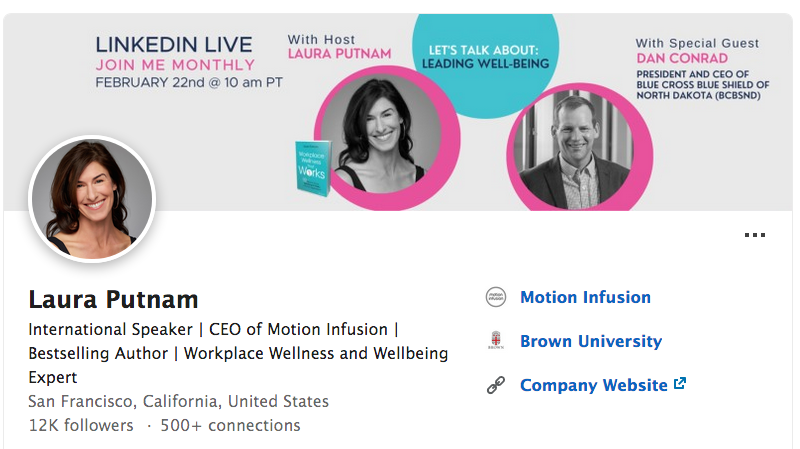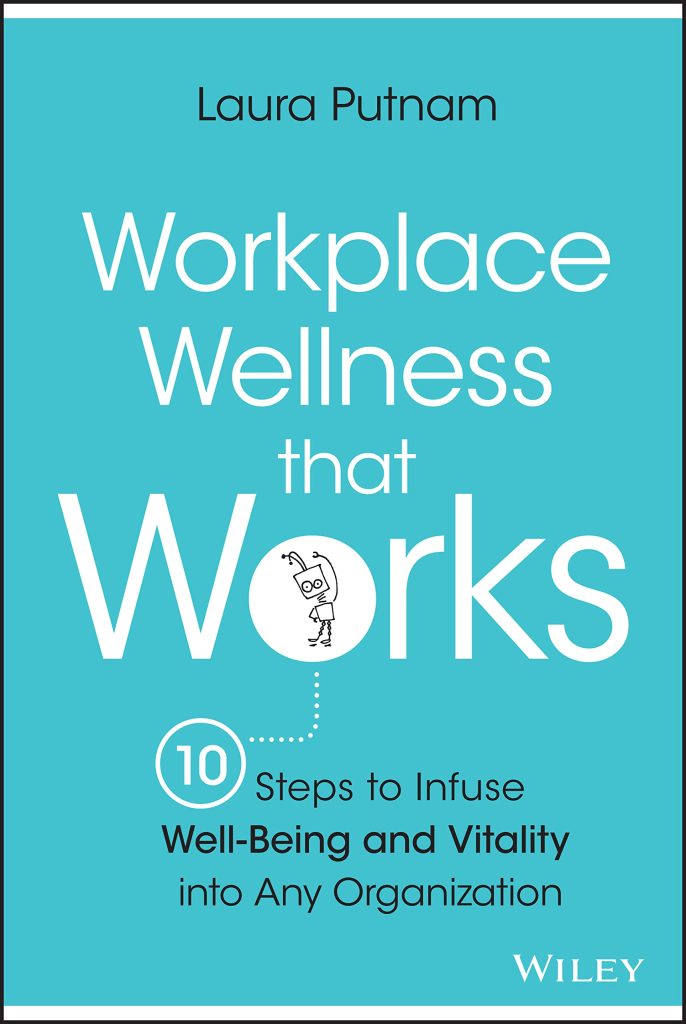-
It’s Time To Shift From Creating The “Ideal Worker” to Creating The “Ideal Workplace” – Intv. w/ Workplace Well-being Expert
Laura Putnam, a workplace well-being expert, international public speaker and author of Workplace Wellness That Works, about why companies need to shift their focus from trying to create the “ideal worker” to creating the “ideal workplace” if they want to increase performance at work. Laura has shared her insight in dozens of media interviews, including New York Times, USA Today, ABC, Forbes, Good Morning Arizona and more.
For decades, companies have used a practice known as “employee performance optimization” to try and improve efficiency and create the “ideal worker.” Unfortunately this has manifested into unrealistic goals that are often impossible to attain and then critiqued by managers during individual performance reviews.
This standard practice runs counter to what the research suggests, which is that better performance lies more in addressing the context within which the individual operates. That is, a better strategy – for employer and employee – is to focus less on what makes the individual great and more on what makes the workplace great.
How this looks depends on the company, however Laura believes there are four fundamental strategies companies can implement to create an ideal workplace. These include:
- Performance should be seen as a collective responsibility, instead of just an individual one. For decades businesses believed their employees’ performance was an individual responsibility and placed the onus on the individual to seek help rather than looking at the larger systemic and environmental factors at play. Seminal studies like Google’s Project Aristotle have demonstrated that high-performing teams are less a factor of the individuals within the group and more about how the team works together.
- Empower managers to become the “chief culture architects” for their team. According to a 19-country study conducted by ADP Research Institute, the culture that employees experience when they are at work is largely the one that they experience within their team. Therefore, managers need to be awakened to the key role they play in building a healthy culture, and given the training they need to successfully carry out this role. This includes training managers on how to build psychological safety within the team.
- Recognize that a workplace that fosters well-being is foundational to better performance at work. Most leaders now recognize that well-being and performance go hand-in-hand. However, the key to true well-being lies in addressing the workplace itself – as opposed to just providing a litany of individual resources. This means CEOs and managers need to address the root causes of poor employee well-being. For example, the top drivers of burnout are often about the workplace itself, such as work overload. Once the root causes have been identified the next step is to implement meaningful change that makes a tangible difference.
- Address equity concerns, such as fair compensation. Paying employees fairly and equitably is a critical part of creating a workforce that feels valued. This includes not just paying employees a living wage, but ensuring those in positions of power are not overly compensated. If employees feel like their bosses or managers are paid too much, this can create resentment and damage employee morale.

